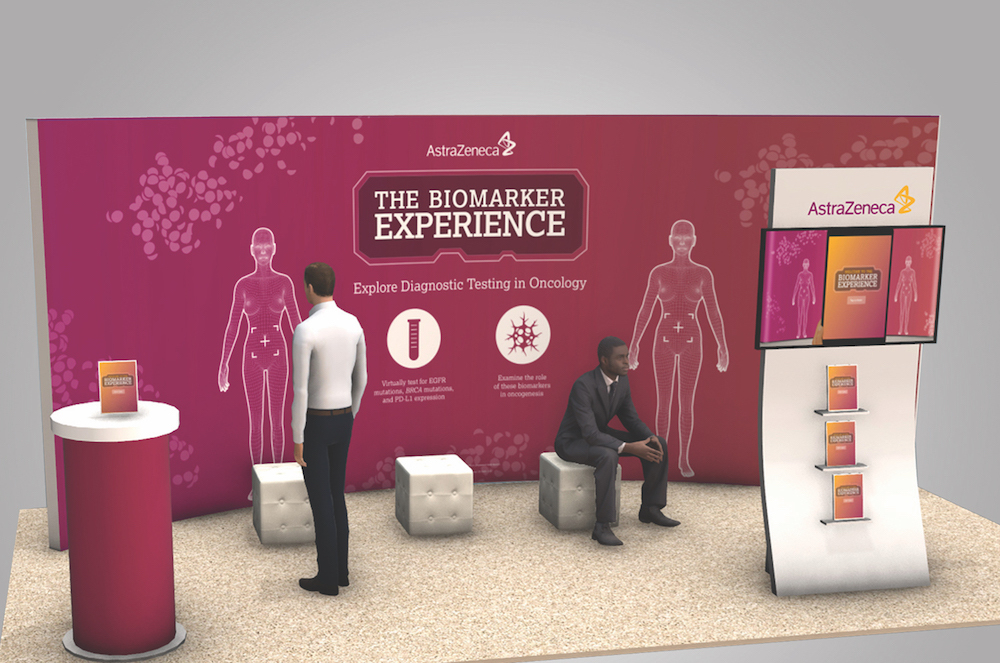Any good marketer will tell you that effective messaging is neither a science nor an art — it’s both. But with pharma becoming ever more focused on analytics for R&D and targeting, the agencies that can solve the science half of the medical marketing equation are finding themselves in prime position to succeed.
That’s good news for Synapse. The New York City-based shop has prioritized its analytics expertise for over a decade now — and, to hear EVP, account services Stephanie Jenkins tell it, Synapse is capitalizing on that expertise as industry trends dovetail with its core capabilities.
After revenue spiked nearly 13% in 2018, Synapse saw a 20% jump in 2019, from $35 million to $42 million. In response, the agency added personnel in both its New York and Washington, DC, offices, with head count increasing from 155 at the end of 2018 to 164 at the end of 2019.
Synapse’s analytics department provides proprietary data for diverse uses, from identifying the most impactful HCPs in a network for a specific brand to customizing predictive analytics in the realm of rare disease. The agency marries that specialty with its digitally focused creative team and with what Jenkins calls a “very deep medical affairs department.” The division is staffed by scientists with nearly two centuries of combined experience in the cardiovascular, oncology, respiratory and endocrinology categories.
“What makes us different is that our expertise is in actually changing clinician behavior — and then having the analytics to measure that change,” Jenkins says.

She similarly touts Synapse’s peer-to-peer communication capabilities in the HCP space. Last year, nearly half of its billings were derived from market research/data/analytics or promotional education services; only 1% of its billings were derived from consumer services.
Synapse’s positioning within the industry has enabled a certain degree of opportunism, Jenkins says. In 2019, that meant the agency was able to “step in quickly where other [agencies] could not, and take over key pieces of business,” she explains. Synapse added seven accounts in 2019. For the second year in a row, it lost none. Roster mainstays include AstraZeneca and Novartis.
The agency’s ability to reach HCPs has proven a useful skill as the COVID-19 pandemic has prevented sales reps — and most everyone else — from getting into doctors’ offices. “We’ve been able to transition to this virtual environment and help our clients do the same,” Jenkins says. “In doing so, you realize not all digital channels are created equal, and that you really need that peer-to-peer communication to cut through the noise.”
Synapse’s experience navigating those channels has led to an uptick in business. Jenkins notes a series of programs engineered on behalf of Novartis, through which the company advised patients on immunosuppressive therapies for dermatologic and rheumatologic conditions on managing their treatments during the pandemic.
Though she acknowledges that the COVID world is “very strange and unprecedented,” Jenkins hopes that Synapse will continue to grow. “Fiscal goals are certainly a necessary part of agency life, but I hope we can say we got everyone through it as best we could,” she says.
The best marketing we saw in 2019…
Jazz Pharmaceuticals and the unbranded website NarcolepsyLink.com, which educated HCPs on how to recognize and diagnose this rare condition. The Pediatric Faces of Cataplexy section was particularly powerful, as it provided such a poignant portrait of the patient experience. — Stephanie Jenkins
From the June 01, 2020 Issue of MM+M - Medical Marketing and Media








